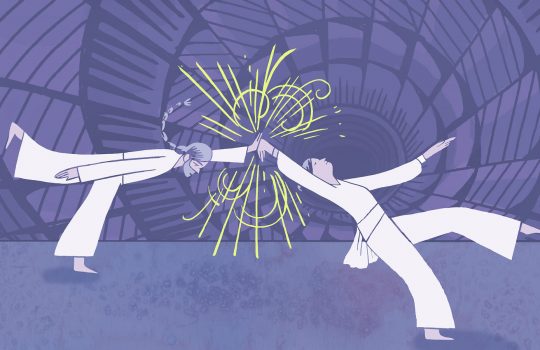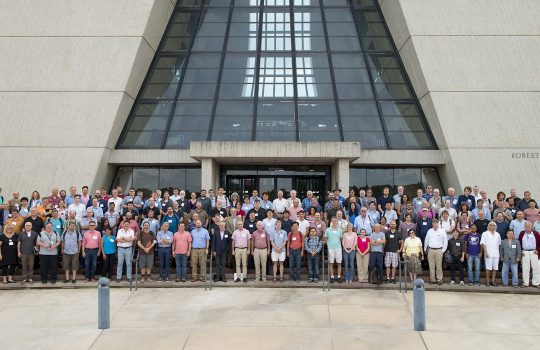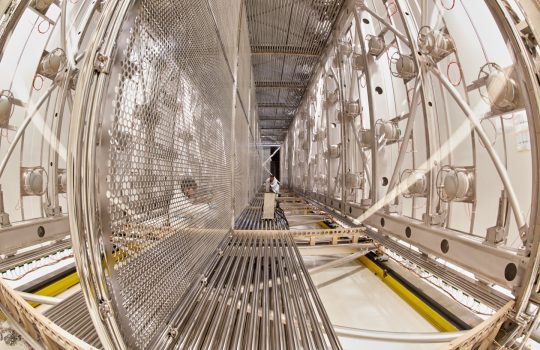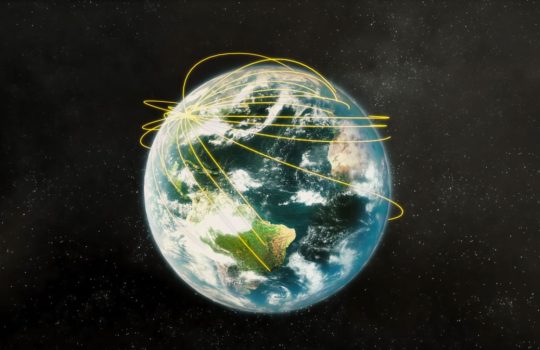York University, Fermilab agree to joint appointment in support of gigantic neutrino experiment
From York University, Oct. 17, 2017: This is the first such agreement Fermilab has signed for the experiment with a university outside the United States, and York is the only Canadian university currently involved in the international DUNE collaboration spanning 31 countries.







